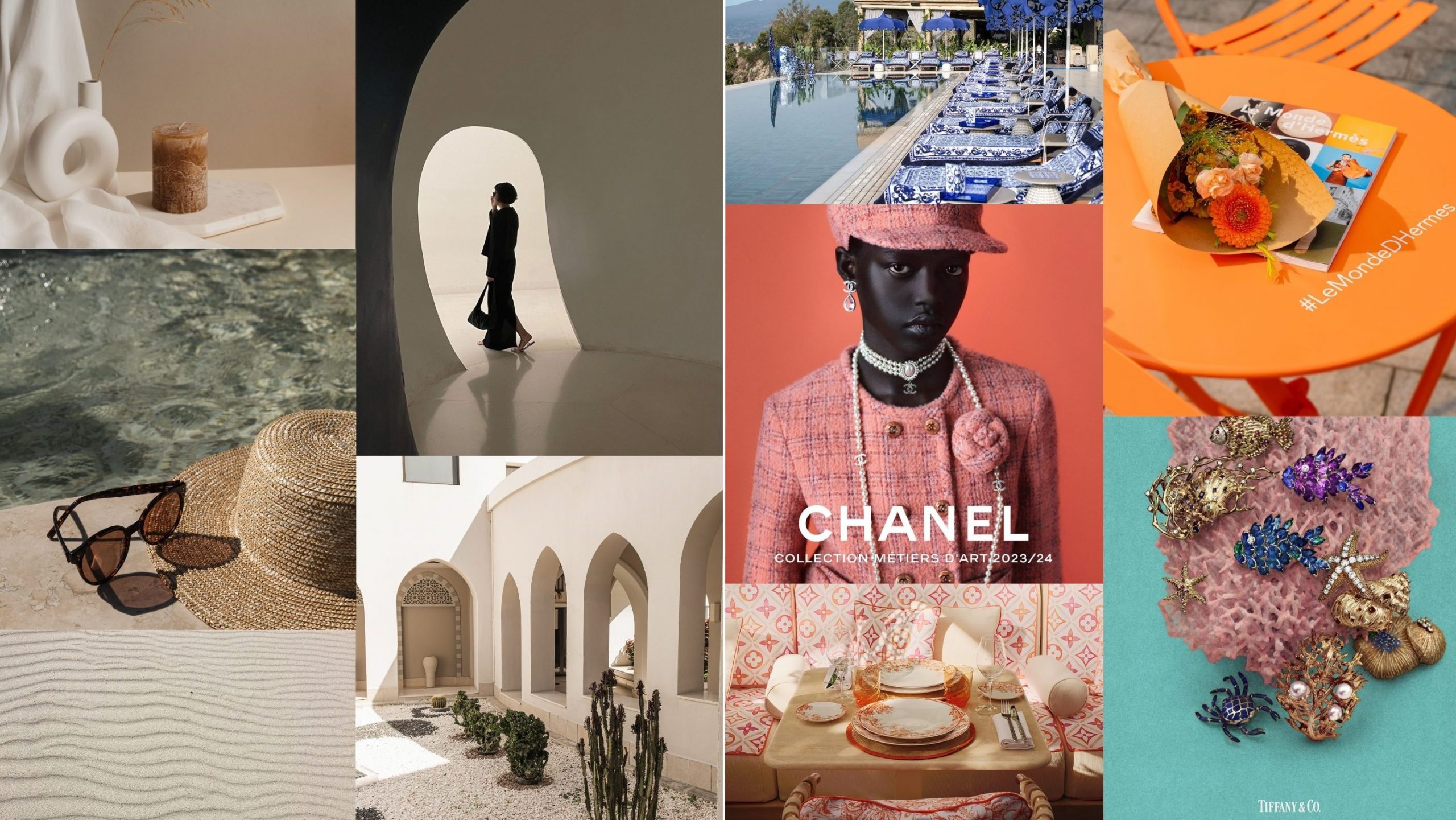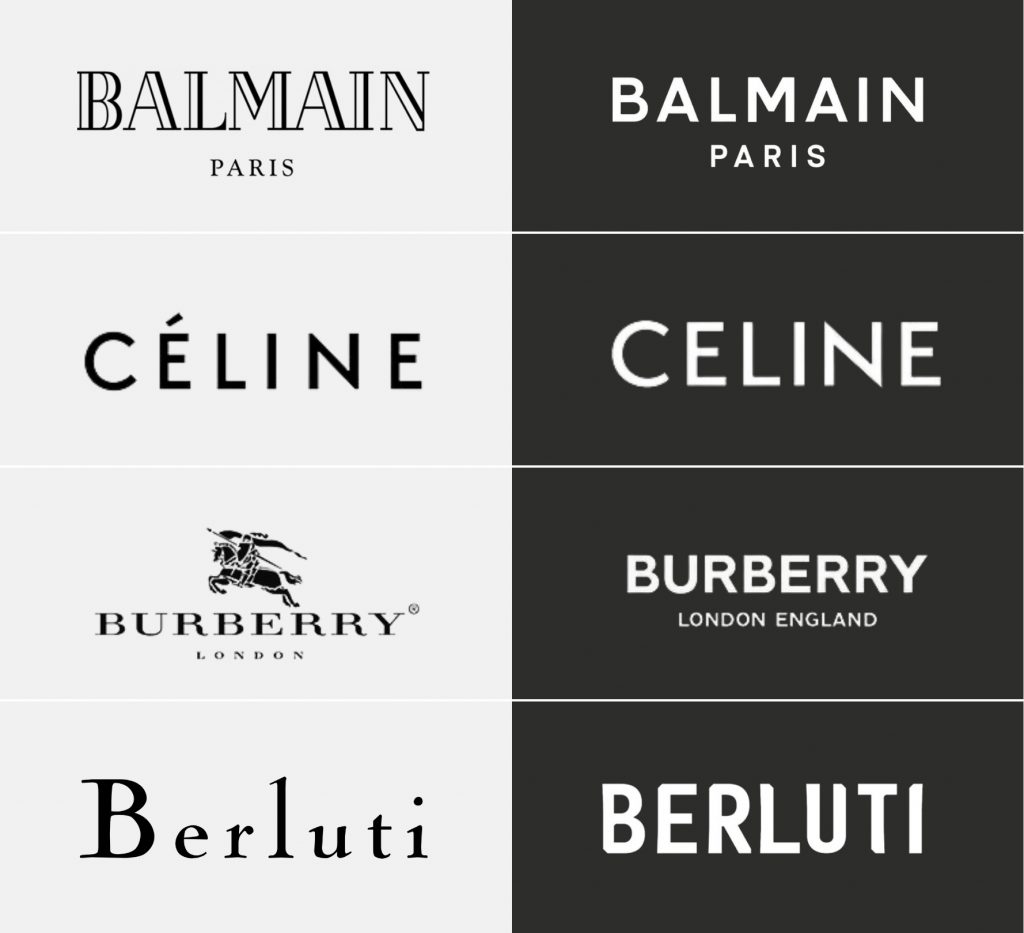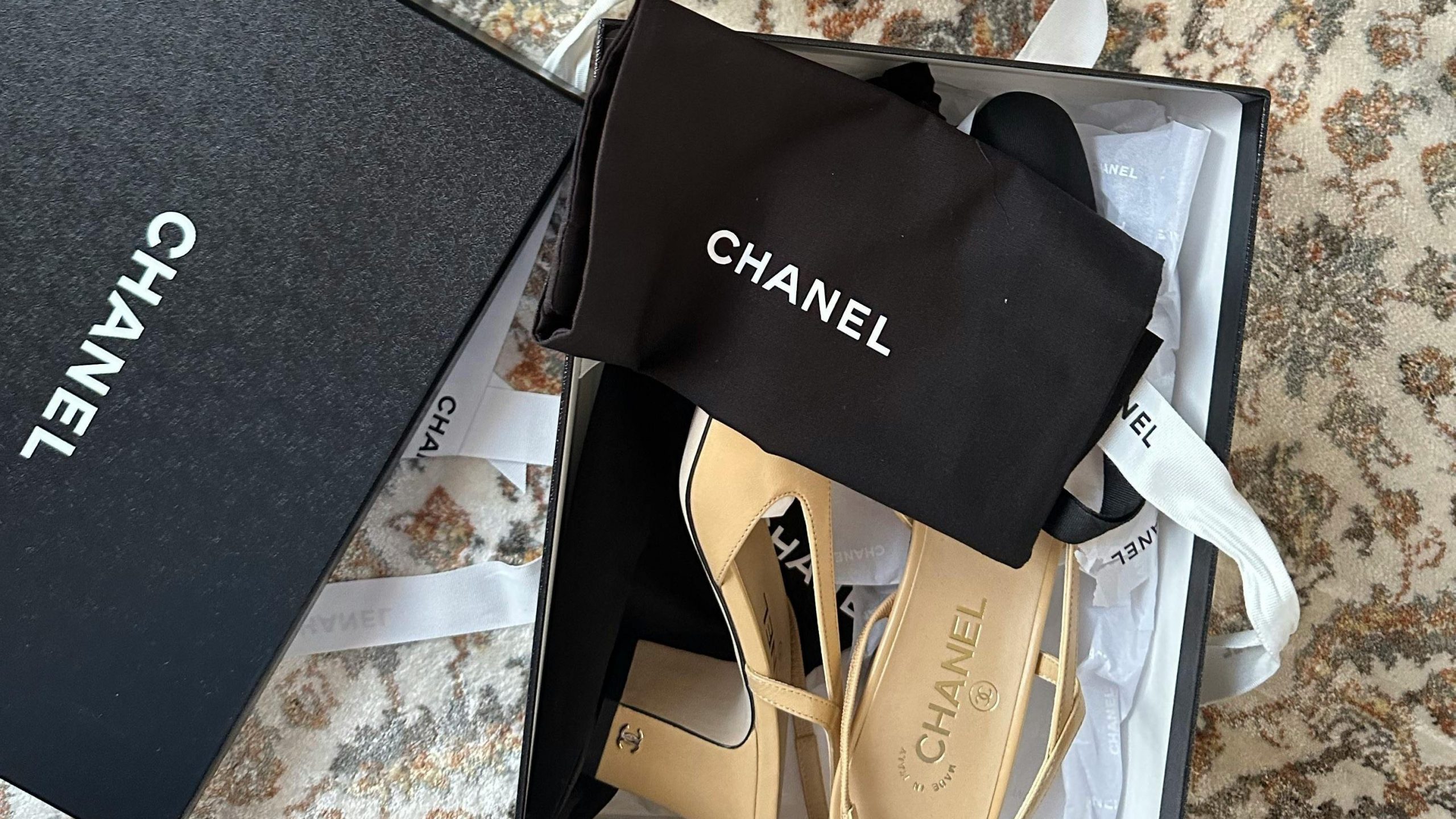How Luxury Brands Can Embrace Simplicity Without Losing Their Identity
The rise of minimalism, characterised by serif logos and beige colour palettes, has undeniably captured the attention of the fashion and luxury industries. While this aesthetic offers a clean, timeless appeal, it also poses a significant challenge for brands seeking to establish a unique identity.
On one hand, minimalism can be a powerful tool for luxury brands. By stripping away excess, these brands can focus on core values, craftsmanship and quality, creating a sense of exclusivity and sophistication. The clean, uncluttered aesthetic aligns with the desire for timeless pieces that transcend fleeting fashion trends. However, the widespread adoption of this minimalist formula risks creating a homogenous landscape where one brand becomes indistinguishable from another. Luxury, by its very nature, thrives on differentiation. Consumers are drawn to brands with distinct personalities and a rich heritage. By conforming to a generic aesthetic, brands risk diluting their identity and losing their competitive edge.
Colour: The Silent Language of Brands
Colour psychology plays a crucial role in branding. It evokes emotions, creates associations, and reinforces brand identity. The current trend towards neutral colour palettes, particularly beige, while creating a sense of calm, can also lead to a lack of differentiation.
Iconic brands often defy colour trends. Tiffany Blue, Hermes Orange, and the bold red of Chanel are instantly recognisable and synonymous with their respective brands. These colours are deeply ingrained in the brand’s DNA, creating a strong emotional connection with consumers.
Colour theory is a complex subject, but understanding the basic principles can be invaluable for brand development. colours can be warm or cool, light or dark, saturated or muted. By carefully selecting colours that align with the brand’s personality and target audience, brands can create a powerful visual identity.

Case in Point: Celine and Bottega Veneta
Celine’s transformation under Hedi Slimane is a prime example of a successful minimalist rebrand. The brand’s adoption of a serif logo and a neutral colour palette has contributed to its renewed appeal. However, Celine’s minimalist aesthetic is underpinned by a strong emphasis on craftsmanship and high-quality materials, ensuring that the brand retains its luxury positioning.
In contrast, Bottega Veneta’s departure from its signature intrecciato weave in favour of a more minimalist approach has been met with mixed reactions. While the brand has successfully tapped into the minimalist trend, some critics argue that it has lost its distinctive identity.

Finding the Balance
The challenge lies in finding a balance between modernity and authenticity. While embracing minimalist elements can be beneficial, it is essential to infuse the brand’s DNA into the design. This can be achieved through the careful selection of materials, textures and finishes. For example, The Row, a luxury fashion house known for its minimalist aesthetic, incorporates high-quality cashmere and impeccable tailoring to create a sense of opulence and exclusivity.
Furthermore, brands must leverage their heritage to create a unique story. By incorporating elements of their history into their visual identity, they can differentiate themselves from competitors and build a loyal customer base. For instance, Gucci, while embracing minimalist elements, continues to incorporate its iconic monogram and horsebit motifs, creating a sense of continuity and tradition.

The Power of Enduring Logos
Some of the world’s most iconic luxury brands have proven that timeless logos can be a powerful asset.
Coca-Cola, Chanel and Tiffany & Co. are just a few examples of brands whose logos have remained largely unchanged for decades, yet continue to resonate with consumers. These logos are instantly recognisable, evoking a sense of heritage and luxury.
By focusing on creating logos that are simple, iconic and relevant to the brand’s core values, luxury brands can build a strong foundation for long-term success. While trends may come and go, a well-designed logo will endure.
Ultimately, the success of the minimalist trend depends on how brands interpret and execute it. While it can be a powerful tool for creating a clean and modern aesthetic, it should not come at the expense of individuality. By striking a balance between minimalism and brand heritage, luxury brands can create enduring and successful identities in an increasingly competitive market.